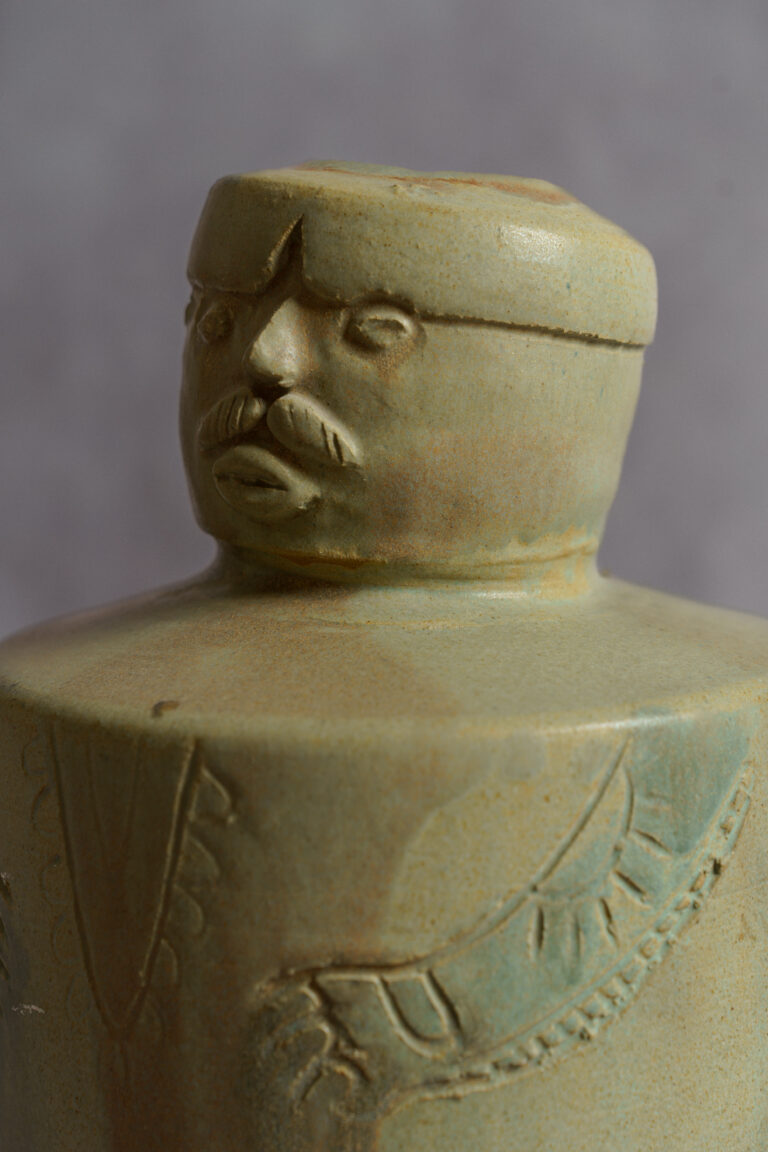Corporate advertising imprints itself on a city and not surprisingly, a city often talks back. Since the mid-1980s, Gregg LeFevre has been documenting the dialogue in cities around the world and in particular, in New York. His photographs illustrate the accidental, premeditated, random, and fleeting ways that a city’s inhabitants – from protestors to pigeons – often respond to commercial messaging.

Over the years, LeFevre has zoomed in on the varied aspects of this dialogue between citizens and advertisers, starting with pointed exposure of the marketing message itself – what LeFevre identifies specifically as ‘the commodification of sex, the evolving constructs of beauty, and the creation of cool’. He also has focused on the disproportionate scale that characterises bill-boards, photographing life-sized people dwarfed by super-sized models, as well as oversized models dwarfed by the still-larger context of their architectural surroundings. The images – straightforward street photography, not collages or digital manipulations – reflect LeFevre’s interest in documenting the urban landscape exactly as he sees it.

Most recently, LeFevre has focused on subversion. Once an image is released from the safeguards of the corporate studio into the unpredictable, capricious topography of the city, the inherent tensions between commercial mythology and urban reality begin to surface. In Manhattan, LeFevre photographed an oversized photo of Tupac Shakur that had been irreversibly distorted, his face bisected by a thick, rusting chain, his right cheek shot through with holes. Another photograph depicts a headless model in a fur scarf and boots, her long, naked legs pockmarked by jagged bumps on the surface behind the billboard. A third, photographed in the historically black neighbourhood of Harlem, captures an untended, withered image of a black baby, which appears on the verge of being sucked down a bathtub drain or into a black hole. In all instances, the original message has been compromised beyond repair.

LeFevre’s photographs document, in particular, the plethora of ways in which the city can sabotage corporate billboards. Unlike most forms of print media, billboards offer a highly visible form for dissenting opinion, and they can morph – in a matter of minutes from one message to another. Protestors respond. Graffiti artists recognise opportunities to counter advertise. Urban wildlife weighs in. The elements – sun, wind, rain – leave their marks. The city itself inadvertently comments with its leaky pipes and barbed wire fences, construction and demolition zones. Installers cut into the images, cropping them to fit buses, doorways, and windows. By capturing these collected alterations, LeFevre intends his pictures to read like a visual form of call and response between commercial parables and the actual lives unfolding around them, and as an exposé of corporate advertising’s infiltration of private life and thought. His photos expand on an observation put forth by Susan Sontag¹: “Industrial societies turn their citizens into image-junkies; it is the most irresistible form of mental pollution. Poignant longings for beauty, for an end to probing below the surface, for a redemption and celebration of the body of the world. Ultimately, having an experience becomes identical with taking a photograph of it.”

LeFevre intends his photos to re-examine and revise cultural stereotypes of race, gender, class, ethnicity, and identity. They also can’t help but raise issues of ownership and appropriation: they’re photos of photos. As such, they allude to yet another style of subversion: the increasingly mutable boundaries between art and commerce; what originally appears as an artist’s personal anthem increasingly reappears, co-opted and recast in an advertising campaign for jeans or perfume. To illuminate the gradations that differentiate commercial from individual works, LeFevre contrasts corporate messaging with local, unregulated, illegal art – graffiti, in particular, which operates outside of the commercial revenue streams and as such, is scoured off of buildings, bridges and buses as routinely as new ads are installed. On rare occasions, LeFevre has the opportunity to photograph other unregulated, rebel images – most recently a stunningly ambiguous, 60-foot long picture (by the French street artist, JR) of a naked black woman – pregnant, sleeping – floating inches above the sidewalk. She emerges in stark contrast to all LeFevre’s other figures. Along with LeFevre’s graffiti photos, she anchors the guerrilla edge of urban messaging – the city’s ability to not respond to a corporate point of view, but to put forth a more independent, complex, irreducible view of its own.
Endnotes
- Sontag, Susan. On Photography, p. 24, Farrar, Straus and Giroux, New York, 1973.














